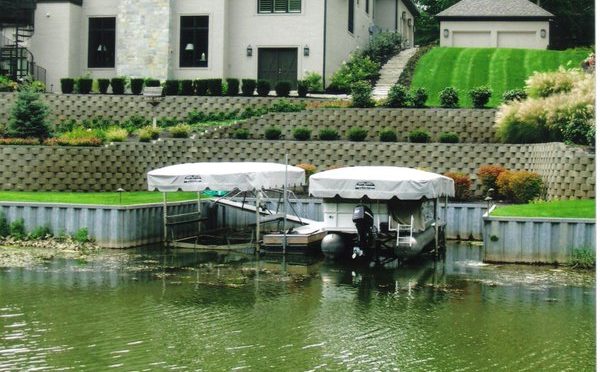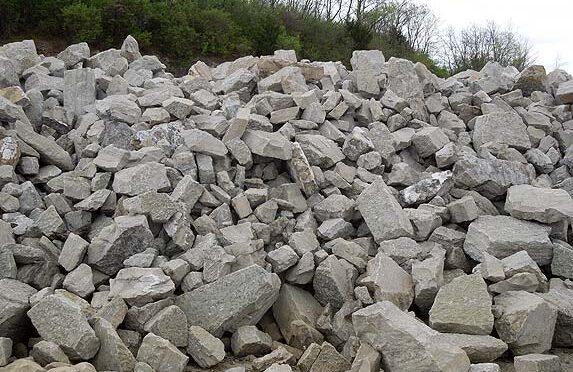Buying a home on the water is a great investment that will provide great views and hours of fun. However, the process of finding the perfect property is difficult. There are several factors to consider when inspecting a waterfront home. You need to make sure that the waterfront is in good condition, and will fit your needs. Real estate agents have no problem selling someone barely passable marine equipment to make a quick buck. Today we’ll look at a few things to keep in mind to make sure that you aren’t getting duped into buying a home that isn’t the right fit.

Factors to Consider When Inspecting A Waterfront Home
The Water
When buying a home on the water, you’ll first want to make sure that you’d like to live on the lake you’re looking at. You’ll want to make sure the water quality is good, the traffic isn’t too crazy, and check to see what the water levels typically are at every year. This step requires the most research but it’s important to see if you are the right fit for the lake community. In housing divisions and coves, it’s a good idea to watch the traffic of the lake during the evening hours. If there’s a lot of boat traffic, it’ll prevent you from having a peaceful evening if that’s what you seek.
To make sure the water is up to your standard, don’t be afraid to take a quick dip to decide. If the water stinks, is very murky, and full of algae you probably wouldn’t to live there. Obviously it’s a lot easier said than done to find the perfect lake, but patience is always key. The main takeaway you’ll need to see no matter the quality of water is the depth. Make sure your water is deep enough for boats to drive through. This is usually around 5′ – 8′. If the water is too shallow you won’t be able to own a dock or boat lift.
The Dock
The main reason someone would want to pay a premium to live on the water is because they want to get out and enjoy it. Part of that equation requires a boat dock, which needs to be in good condition or you’ll spend thousands more to replace it. When looking into a waterfront property, make sure to inspect the dock. Look at the decking, frames, and floats. If the decking is starting to warp, wood is starting to splinter, or nails are sticking out, then the decking will need replaced. Floats are also going to need replaced if they are barely holding a dock above water. Having to replace the decking or re-float the dock is the thing you’ll have to worry the least about as they are small repairs. If the frames are rusted, you’ll need to replace the dock entirely.
The whole point is to make sure you’re not spending hundreds of thousands of dollars on a house to have to spend thousands more to get on the water. If you find a great house but inspect to see that it has a terrible dock, the price should reflect that. It shouldn’t be the same price as a fully operational waterfront.
The Seawall
The final factor to consider when buying a waterfront home is the shoreline. Over time, water will erode sand and dirt away causing a shoreline to recede. This might not sound like a big problem, but losing land on your property is going to hurt your investment. To help protect your investment, check if the property you are looking at has a seawall. If it does, make sure that the wall is in good condition by looking for gaps or warps. You obviously don’t want to pay full price for a property if the seawall is going to need replaced. There is another form of protection that is cheaper and more natural, rip-rap. By placing stone down along the shoreline, it provides an extra layer of protection to prevent erosion. So if you don’t see a wall but do see a layer of rock, you’ll be OK. For more information about shoreline protection, check out our page here.
Buying a home on the water is a difficult process that you need to be prepared for. If there are times when you feel overwhelmed during the process, just think about the beautiful payoff on the water. Make sure that everything on the property is in working order and in good condition. If you need any equipment inspected, our expert team will do so free of charge and recommend a plan to restore working condition. Feel free to contact us for a free quote, or give us a call at (317) 747-4933.



